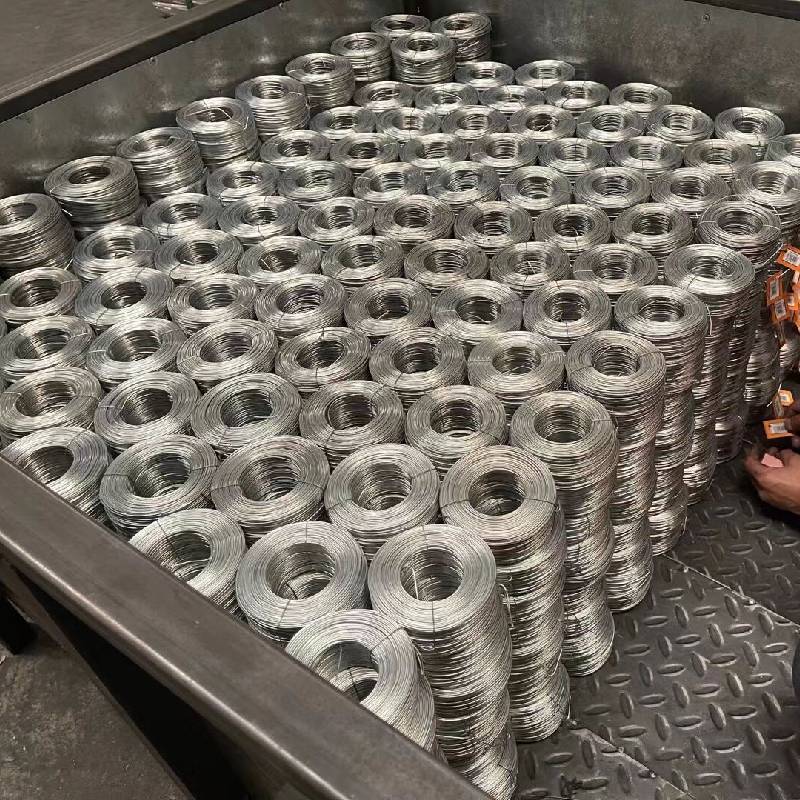
- Mobile Phone
- +8613931874955
- sales@cntcmetal.com
adjustable compression spring
Understanding Adjustable Compression Springs Versatility and Applications
Adjustable compression springs are vital components in modern engineering designs, providing flexibility and adaptability in various mechanical systems. These springs are designed to change their compression properties based on user requirements, making them an invaluable resource in industries ranging from automotive to aerospace, and from consumer products to industrial machinery.
What is an Adjustable Compression Spring?
A compression spring is a type of spring that resists compression forces, working to return to its original length when the compressive load is removed. Unlike standard compression springs that maintain a fixed spring rate, adjustable compression springs allow for modifications in their compression characteristics. This can be achieved through different design mechanisms, such as varying the coil diameter, wire diameter, or the number of active coils.
The key feature of adjustable compression springs is their ability to alter the load they can support, making them suitable for applications where flexibility is necessary. Users can customize the spring's stiffness to accommodate changing variables in load requirements, temperature fluctuations, or even wear over time.
Design Features and Mechanisms
Adjustable compression springs come in various designs, each with its unique mechanisms for adjustment. Some of the most common types include
1. Threaded or Telescoping Springs These designs incorporate a threaded mechanism that allows for the spring's free length to be adjusted manually. This makes it easy to fine-tune the spring's resistance based on specific requirements.
2. Variable Pitch Springs These springs feature coils spaced at different intervals. The varying pitch allows for a gradual change in spring rate, enabling users to achieve softer or stiffer support depending on how much the spring is compressed.
3. Preloaded Springs In this design, the spring is preloaded to a specific force. By adjusting the preload, users can change the effective spring constant, offering a variable response to loads.
4. Locking Mechanisms Some adjustable compression springs come incorporated with locking mechanisms that allow the user to set the spring's tension once adjustments are made, ensuring the settings remain stable during operation.
adjustable compression spring

Applications Across Industries
Adjustable compression springs are used in a broad range of applications
. Here are a few notable examples- Automotive Industry In automobiles, adjustable compression springs are often used in suspension systems, allowing for better handling and ride comfort. They enable drivers to modify the vehicle's response based on differing terrains or cargo loads.
- Aerospace Engineering In aerospace applications, these springs can be found in retractable landing gears and adjustable thrust components. The ability to change spring properties ensures optimal performance under varying flight conditions.
- Medical Devices Adjustable compression springs play an essential role in medical instruments, such as surgical tools and patient monitoring devices, where precision and adaptability to different user needs are paramount.
- Consumer Electronics Many consumer products, such as adjustable office chairs and ergonomic devices, utilize these springs to enhance user comfort by providing personalized support.
Advantages of Using Adjustable Compression Springs
The primary advantage of adjustable compression springs is their versatility. They reduce the need for multiple spring configurations in design processes, allowing for cost savings and simplified inventory management. Moreover, their adaptability can lead to improved performance and greater user satisfaction in applications where conditions can frequently change.
Another noteworthy benefit is their contribution to sustainability. Systems that use adjustable compression springs can better withstand mechanical fatigue, leading to longer lifespans and reduced material waste over time.
Conclusion
Adjustable compression springs represent a remarkable advancement in spring technology, offering unparalleled flexibility and customization. Their wide array of design options and versatile applications across various industries underscore their essential role in modern engineering practices. As engineering processes evolve, the demand for adjustable compression springs will likely continue to grow, ensuring that they remain a crucial component in achieving optimal performance and efficiency in countless applications. Whether in vehicles, aircraft, medical devices, or everyday products, the adaptability of these springs ensures they will always find a place in innovative engineering solutions.
share:
-
Why Sacrificial Formwork Is Redefining Underground ConstructionNewsJun.06,2025
-
The Structural Dynamics of Modern Concrete: How Snake Spacers Revolutionize Flexible ReinforcementNewsJun.06,2025
-
Snake Spacers Smart-Lock Concrete Reinforcement with Surgical PrecisionNewsJun.06,2025
-
Snake Spacers: Reinforcement Precision for Modern Concrete ProjectsNewsJun.06,2025
-
Snake Spacers Powering Concrete's Structural DNANewsJun.06,2025
-
Slither into Success: Snake Spacers' Precision Bite for Unbreakable ReinforcementNewsJun.06,2025
-
Sacrificial Formwork: Building Stronger, Faster, and Safer StructuresNewsJun.06,2025



















